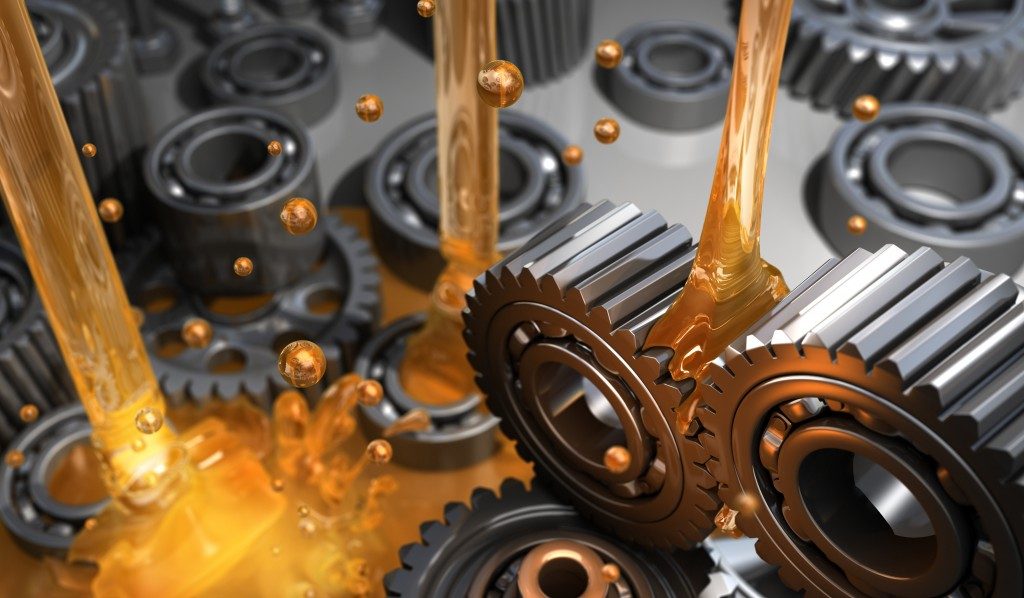In Science classes, we had known gears to be simple machines, along with pulley, lever, inclined plane, etc. Indeed, gears are simple machines that are used to generate and increase speed in all types of machines. They’re also used to transfer a machine’s power from one direction to another. A bicycle is one common object where we’d see gears at work. If you’re pedaling on a road sloping upwards, the wheels would strain to gain speed, but once you shift gears, the wheels would spin faster and with ease. This is a basic explanation of how gears work.
When it comes to different types of gears and what they do, each has a distinct appearance and a certain application where they are fit. For a car differential, for example, high-performance bevel gears could be what you need.
Here are the different types of gears and how they work:
1. Spur Gears
Spur gears are the most common gear type. They have straight teeth and are mounted on parallel shafts. They’re commonly seen in wind-up alarm clocks, washing machines, clothes dryers, oscillating sprinkler, and electric screwdrivers. They can also be found in cars, but not usually because spur gears can make a lot of noise when at work.
2. Helical Gears
On a helical gear, the teeth are angled to the face of the gear. When the teeth of a helical gear system engage, one end of the tooth comes in contact initially, and then the rest of the teeth touches gradually. This mechanism makes helical gears work quieter than spur gears, hence, they’re used in almost all vehicle transmissions.
3. Bevel Gears

The teeth of bevel gears come in three forms: straight, spiral, and hypoid. Straight bevel gear works the same way as spur gears, whereas one tooth engages, the rest of the teeth would be affected.
Meanwhile, a spiral bevel gear has angled teeth, resembling a helical gear’s. Its mechanism also works the same way, starting with one end of the tooth engaging until it progressively makes contact with the rest.
Lastly, a hypoid bevel gear is a cross between a bevel gear and a worm gear. They’re used in many car differentials, because they lower the driveshaft, meaning the car’s passenger compartment won’t be intruded by it, so they can make more room for cargo and people.
4. Worm Gears
The worm gear consists of a large screw-like gear called the “worm”, and a large gear wheel. The worm turns the gear wheel, reducing the speed of the motor to allow the gear wheel to turn with more force. A worm gear can also change the direction of rotation in gear-driven machinery.
Conveyor systems use worm gears, because of its feature that acts as a brake for the conveyor when the motor is at rest. They can also be used for torsen differentials in high-performance automobiles.
5. Rack and Pinion Gears
These gears work by meshing the slowly spinning gear wheel called the “pinion” with the flat ridged bar called the “rack”. The rack is a rectangular cross section that has teeth on one side that meshes with the teeth of the pinion, which is a small gear. The teeth of the pinion can either be straight or helical. They’re used to convert rotation into linear motion.
Rack and pinion gears are used in numerous vehicle steering systems, as well as on some scales that turn the dial which display one’s weight.
6. Sun and Planet Gears
In this gear system, the small gear (planet) that is fixed on a rod moves around a second gear (sun). The sun spins as the rod moves the planet back and forth. The sun and planet gears work the same way as crankshafts and connecting rods, the mechanism employed in piston steam engines.
To summarize how gears work, they give you more force while reducing speed, and give you more speed by reducing force. That’s why with less force on your gears, your wheels can spin faster. In low gear function, the wheels would spin slower, and more force would be used by your gears. They are essential tools to make almost any kind of machine work more efficiently.

